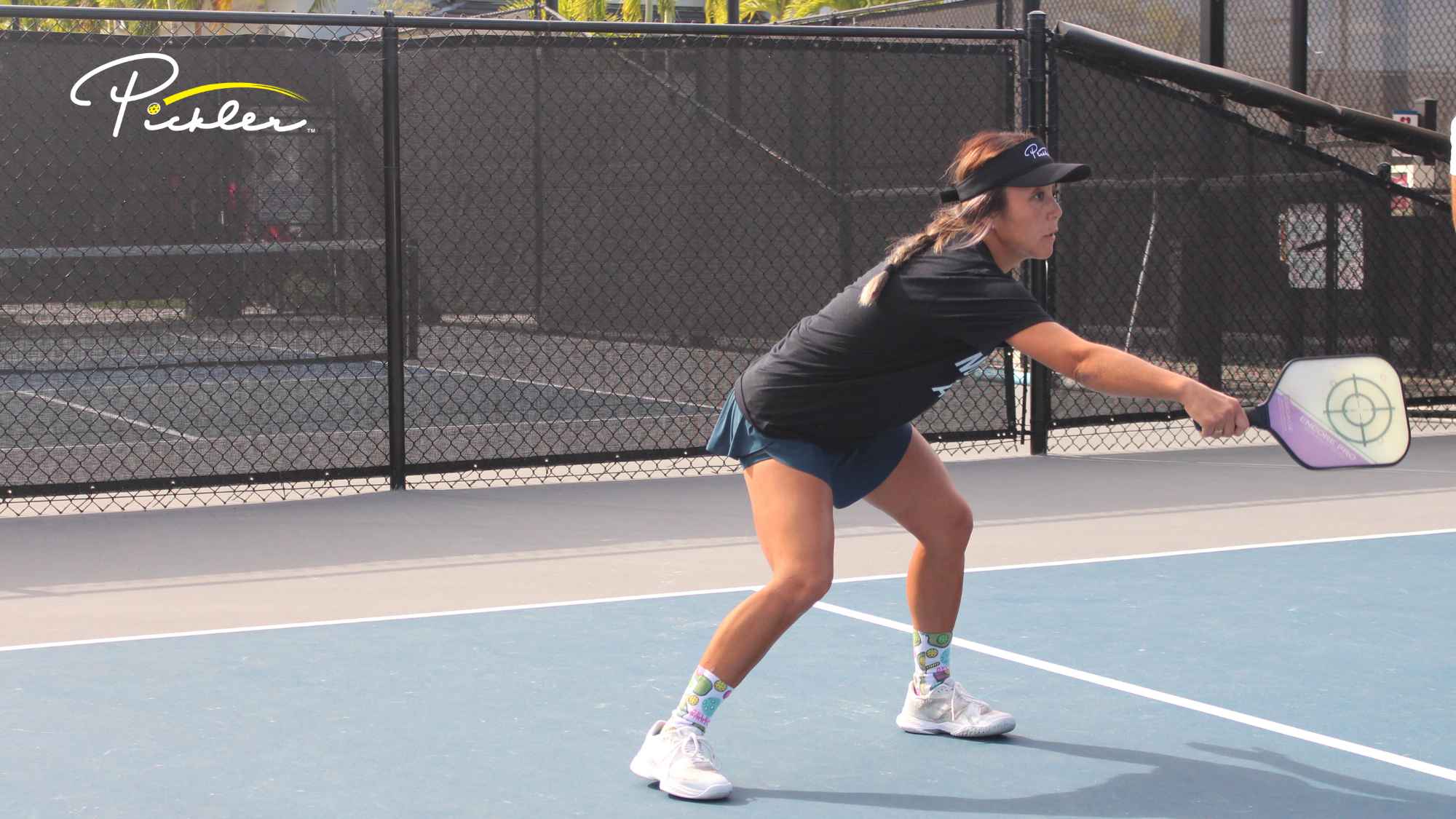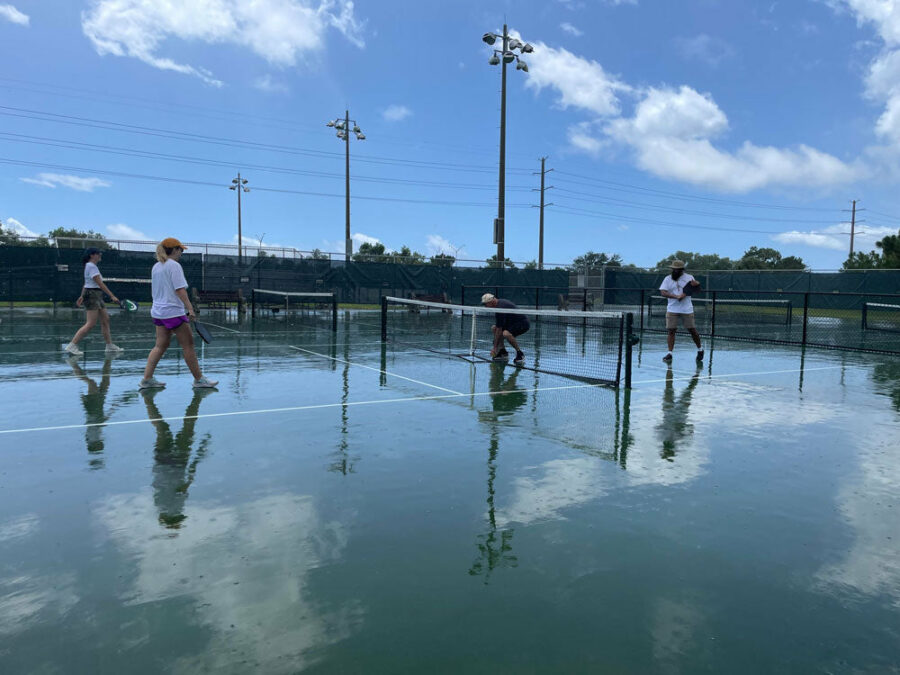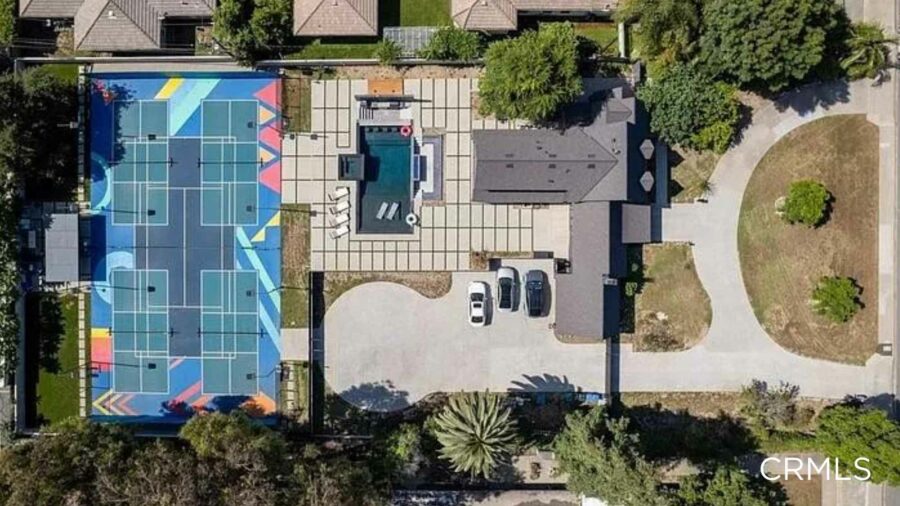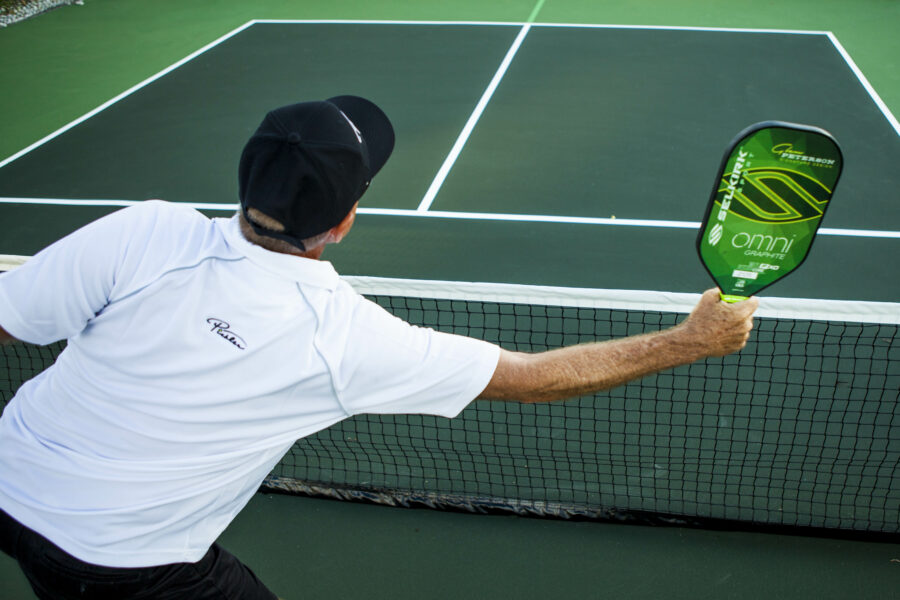The rules of pickleball permit you to switch the pickleball paddle to either hand while playing. With that said, we typically do not recommend switching hands, as it is difficult to do, takes time (which you have very limited time to react between shots, since most shots are played just 14 feet apart at the Kitchen line), and generally leads to errors on the pickleball court.
However, as highlighted by the permanent switch in hands that Dotty Zerbst had to do along her journey, there are times when you may want to or may be forced to switch hands in pickleball. These circumstances where you may want to switch hands on the pickleball court include:
Sometimes have to – whether on a point or for other reasons like Dotty
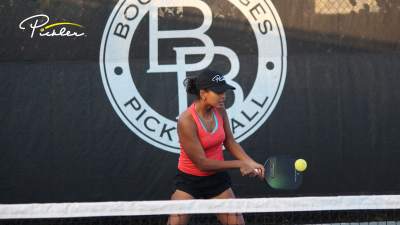
4. Learn a Two-Handed Backhand – When learning a two-handed backhand, it can help to take practice swings with your non-dominant hand, as your non-dominant hand does most of the work on a two-handed backhand (and your dominant hand is really there for support). As a result, switching hands can help improve the muscle memory needed to execute a strong two-handed backhand.
It is important to note that switching hands is a complex and risky maneuver that requires exceptional coordination and skill. Attempting to switch hands in the heat of the moment can lead to errors or missed shots, potentially giving your opponents an advantage. So, this concept of switching hands is generally not advised. Instead of switching hands, focus on developing strong footwork, positioning, and paddle control to improve your ability to handle various shots effectively. But, if you are going to switch hands, use the switch sparingly and practice, practice, practice, so you can limit your errors to the greatest extent possible.

